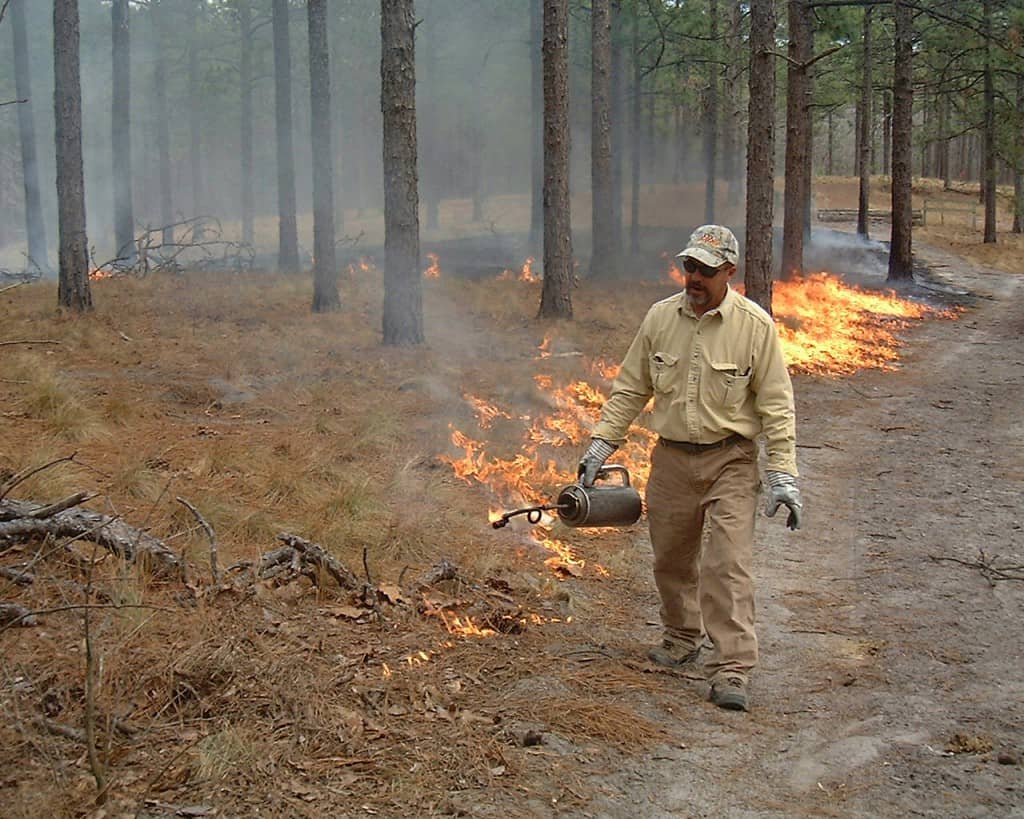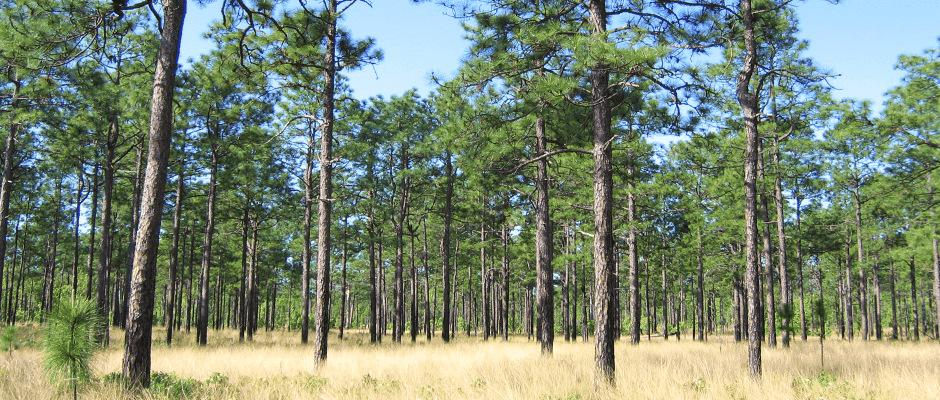Share this article
The Land of Longleaf Pine Forests
Longleaf pine forests once occupied over 90 million acres across the Southeast including most of Eastern North Carolina. By all accounts, the longleaf pine forest dominated the southern landscape. Starting in Southeast Virginia, the longleaf pine forest stretched southward through nine states eventually stopping in East Texas covering over 140,000 square miles. Today, it is estimated that about 4 million acres remain, with many of those remaining acres in an unhealthy state due partially to the exclusion of fire. The longleaf ecosystem figured prominently in the cultural and economic development of the South. So much so that the North Carolina State Toast begins with a reference to longleaf pine:
Here’s to the land of the long leaf pine,
The summer land where the sun doth shine,
Where the weak grow strong and the strong grow great,
Here’s to “Down Home”, the Old North State!
Today, these forests represent significant components of the region’s ecological diversity and offer new economic opportunities for many private landowners as they also provide essential habitat for many rare animals and plants. Restoring periodic fire as a disturbance is fundamental to the ecological restoration and maintenance of longleaf pine ecosystems. The role of fire in the longleaf pine ecosystem was and still is a key component in regenerating and shaping this forest. Most fires occurred during the growing season and were ignited by lightning that accompanied frequent thunderstorms that occurred across the Southeast. Once ignited, a fire could burn across the landscape for days, weeks, and even months due to the lack of habitat fragmentation that we see today. The longleaf pine ecosystem is known as a fire climax community. The Longleaf Alliance defines a fire climax community as “a plant and animal community that is limited by and adapted to an early successional stage by frequent fire disturbances.” Cambridge professor Andrew Balmford suggests that “rather than responding to fire, longleaf has evolved to promote it: botanical arson as a means of incinerating the would-be competition.”

Setting prescribed fire in the longleaf forest helps to maintain biodiversity. Image Credit: Susan L. Miller/USFWS
There is tremendous plant and animal diversity found within the longleaf pine ecosystem with the most notable species identified as the longleaf pine, wiregrass, and the endangered red-cockaded woodpecker, all of which are found throughout the historic range.
The 2016 TWS Conference will feature a field trip to the Walthour-Moss Foundation in the Sandhills region of North Carolina where participants will be able to walk among the longleaf pines and native wiregrass, see red-cockaded woodpecker habitat including cavity trees, and learn about how prescribed fire is used to maintain the forest.
Stay tuned for more details on the 2016 conference field trips and how to sign up!
Header Image: Longleaf pine forest in the Sandhills region of North Carolina maintained with prescribed fire. Image Credit: Susan L. Miller/USFWS








